CPU: AMD Ryzen 3 2200G.
There were a few things that went into this pick. First, AMD's Ryzen chips are the first time in a LONG time AMD has been able to challenge Intel's CPUs is anything other than the low end/value market. Couple decent benchmarks with on-board graphics that smack down anything Intel can muster (so much so that Intel will soon be partnering with AMD for their onboard graphics on Intel chips in the near future) and you have a pretty compelling CPU for $99. Now, my parents don't need much, if any, computing power, and the likelihood of them playing anything more that a rousing game of Mahjong is highly unlikely. Still, if they were to try any PC gaming at some point, they at least could do so with decent frame rates without a separate GPU (and looking at the price and availability of the GPU market in March 2018, that's definitely a good thing). Also, AMD is good at supporting their platforms over time, so upgrading the CPU down the line (which, considering their last computer was over a decade old, is quite possible) would be much easier than with, say, an Intel i3, which would definitely require swapping the motherboard as well. Speaking of which:
Motherboard: AsRock X370 Pro4
Picking a motherboard wasn't difficult per se, but I did have to do a bit of research. The 2200G is relatively new, and while most AMD boards will support this chip and activate the video output on the boards (the 1st gen Ryzen chips did not have any onboard graphics, requiring a separate GPU for any video output), many would require a BIOS update to work. Doing that may be easier said than done, as AMD has resorted to sending customers loaner CPUs so they can boot up the system to upgrade the BIOS, then install the new Ryzen chips. The alternative was to find a newer board that was certified to work with the 2200G out the box. The Pro4, which was released shortly after the 2200G, fit the bill perfectly. I have an AsRock board in my personal rig, and it has given me zero problems (then again, a mobo should rarely give you any problems). On the plus side, AMD promised to support the AM4 Socket at least through 2020, so if there ever is a need to upgrade my parents to a more powerful (or at least newer) CPU it should be a drop in solution. On the minus side, the board only has 2 internal USB ports, which would become a problem later on. Still, the $99 price tag was a winner, and the white on black color scheme works nicely with the case. Which brings us to:
Case: Fractal Design R5
This would be my third build in a Fractal case (I have a R4; my brother's computer, which I rebuilt, has a R5). Part of me wanted to find something different, but my options were limited by two requests:
1. My mother wanted 2 external drive bays for an optical drive and a SD card reader, and
2. She wanted a door on the front of her computer.
Now, most cases today are eliminating the optical drive bays completely, opting instead for solid front panels to allow installation of multiple fans or water cooling radiators (that and physical media is slowly but surely being phased out everywhere). There were only a handful of cases that had 2 bays and still looked decent, and even fewer that had a front door. So, the R5 got the call. I really wanted to go with the newer R6, which has a nice tempered glass side panel (quite a few cases have hopped on the tempered glass bandwagon it seems). But, the R6 only had one drive bay, and my mother would not be talked out of wanting 2 bays. So be it. I knew the R5 had plenty of room for the components that I would need.
Memory: Crucial Ballistix Sport DDR4 2x8GB
When I built my rig, 16GB only cost me $72. In 2018? 8GB runs $90. That's insane. Still, considering my parents were trudging around with a paltry 2GB RAM in their old rig (I'm honestly not sure the mobo could support more, nor could I even find the DDR sticks anymore), quadrupling their current amount wasn't a bad thing. Finding the memory in white keeps the color scheme going. Gotta coordinate, after all....
SSD: WD Blue 3D NAND 500GB
While the price of memory has gone up, the price on storage has come down, which seems to be the inverse of what the market looked like when I built my computer. At that time, a 240GB SSD would run somewhere in the $160-$180 range. In 2018? I found this 500GB SSD for $130. The market giveth, and the market taketh, it seems. Realistically, 500GB should be more than enough space for my parents to install, download, or save whatever and not run out of space before it's time to do a major hardware upgrade. And the speed benefits of going with a SSD as the primary drive cannot be overstated. As far as going with the M.2 form factor over the regular 2.5" enclosure? There wasn't a price difference, the motherboard has 2 M.2 slots built in, and that would be one less set of cables I'd have to run through the case come installation time. Having that dash of blue throws off the black and white aesthetic a bit, but I'm going to be the only one bothered by it, because reasons.... A few minuted comparison shopping a few sites and an order was placed to Newegg for all 5 items, which arrived in 2 days.
HDD: Toshiba 2TB 7200rpm Internal Drive
Unless you're doing a budget build, the best storage solution for most setups would be to have whatever SSD you can find at your price range coupled with a higher capacity HDD to store your data (music, photos, videos, etc). Prices have gone down a bit since my personal build, so finding a drive for cheap was no problem. $58 later, my father had enough storage for every video he's taken of his grandkids so far and then some.
PSU: Corsair CX650M
A PSU isn't a hugely exciting thing, but it is an extremely important thing. One thing I have learned over the years is never cheap out on one. You don't need a 1200 watt behemoth with cloud based power monitoring, but you do want something from a reputable brand that at least has 80 Bronze certification. Go cheap and you run the risk of having an extremely noisy PSU fan or a PSU that dies within months. Been there, done that. Won't make that mistake again. Something in the $50-$70 range should net you something like this Corsair PSU I picked up at Microcenter. At 650 watts there is more than enough power to support my parent's modest system. Being semi-modular I don't need to hide the wires I'm not using. At $60 with a mail in rebate, this would be a safe bet (though I did get an extended warranty, just because it was cheap and the cashier was nice)
Internal SD Card Reader: Generic
My father has a sizable collection of SD and Compact Flash cards with all forms of blurry photos and videos that he has taken over the years. An external card reader would have worked fine. But, my mom wanted an internal reader if she wasn't getting a second optical drive. I wasn't going to overthink it. So, I grabbed whatever card reader and drive bay adapter I could get with Amazon Prime One-Day delivery.
CPU Cooler: NZXT Kraken X42
There is absolutely no need for this cooler for my parents. They are not gaming. The CPU will not be overclocked. The stock AMD Spire cooler that came with the CPU would have been just fine. But, my mother wanted lights. And while a few other manufacturers make RGB coolers (Corsair and Thermaltake come to mind), none of them stand out quite like the NZXT offering. The pump assembly has the LEDs set up in a descending ring for a 'infinity' display, and the NZXT logo is a separate LED which can be colored and controlled separately from the rings, making for some interesting effects:
At $130 this bit of vanity is overkill, to be honest. But it is impressive. So, if my parents want lights, they got lights...
Fans: NZXT AER RGB 140mm (x5)
RGB lighting in computer cases is in a weird place at the moment. Every RGB component needs to have some sort of control to change the color of the LEDs and any effects you may want (color change, strobe, breathing effect, etc). While RGB lights follow a similar principle, every manufacturer seems to have a different method of controlling those lights, and few are compatible, either on a hardware or software level. Now, some will gladly mix and match coolers, LED strips and fans, and deal with different ways to hook them up and separate programs to control each component. I was not about to deal with that, even if it meant some compromise. For example, Corsair's newest RGB fans have 2 separate LED rings compared to the NZXT fans, making for more dramatic lighting effects. However, going with Corsair fans would mean having a separate program to change the color on the cooling pump and the fans, which may cause some internal conflicts (and at the very least would be one more thing to explain to my parents, which I dearly want to avoid). On the hardware side, the NZXT fans allow you to daisy chain each LED connection to each other, whereas with the Corsair setup each fan needed to be wired to a controller individually. This would mean a much more involved installation and cable management solution, which I didn't feel was worth it for a few fancier effects. So, the AER RGBs made the cut. For maximum effect, I went with 5 fans: 2 in the front panel, 2 in the top panel, and one in the rear. While the X42 did come with a fan for the radiator, it was not lighted. So, I decided to set the radiator up in a push/pull configuration, with the AER RGB on the front of the radiator and the stock fan in the rear. At $40 a pop they aren't exactly cheap (though they did have a 3 pack at some savings). And quite honestly, 5 fans for a setup that will not be pushed is overkill. But again, they wanted lights.
RGB Controller: NZXT Hue+
As mentioned earlier, every RGB component needs a controller, and every manufacturer has their own hardware and software solution. The Hue+ is NZXT's. The controller is relatively compact, about the same dimension as a 2.5" hard drive, but slightly taller. The Hue+ has two channels, which can control up to 5 RGB fans on one channel and 4 RGB light strips (which came with the controller) on the other. Installing the Hue+ in one of the unused drive bays was no problem. Figuring out how to connect everything was quickly becoming a problem...
Internal Power Expansion: NZXT Internal USB Hub
While looking over the parts I was collecting for the build I was trying to visualize how everything needed to be wired and routed through the case. Running power to everything didn't seem like too much of a problem, as the PSU has enough cables to provide power via SATA or Molex connections. However, the Kraken pump and Hue+ both needed an internal USB connector so that the software could talk to the hardware. There was also the front panel connections on the R5 case that needed their own USB connection, along with the internal card reader That's 4 internal USB devices. The mother board only had 2 internal USB headers. That wasn't going to work at all. So, an expansion was going to be needed. I had already gone all in with NTXZ components so far, so picking up their internal HUB just worked. I got the extra internal headers I needed, and as a bonus I could put the USB dongle for their mouse inside the case as well, freeing up an external USB port (and making it harder for them to lose the dongle in the first place).
At this point I had assembled just about everything I needed for assembly. I planned on reusing their current DVD drive, as there wasn't anything wrong with it (and it wasn't worth spending $15 on another one). I picked up a few Y-Cables for the fans so that I could run 2 fans on each of the fan headers and thus control the speed of both pairs of fans (front and top). It was now time to put it all together.


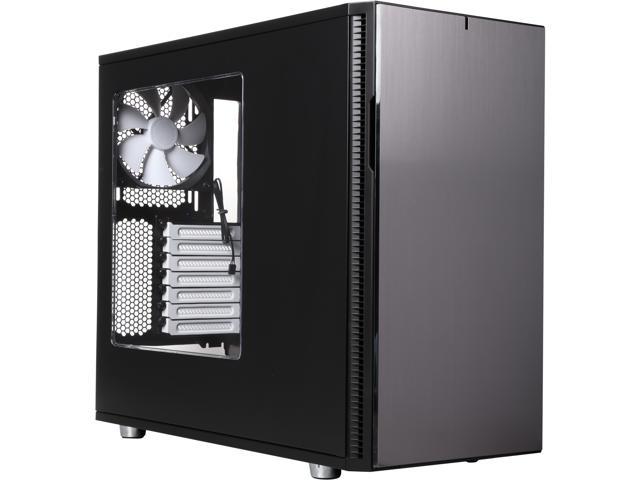
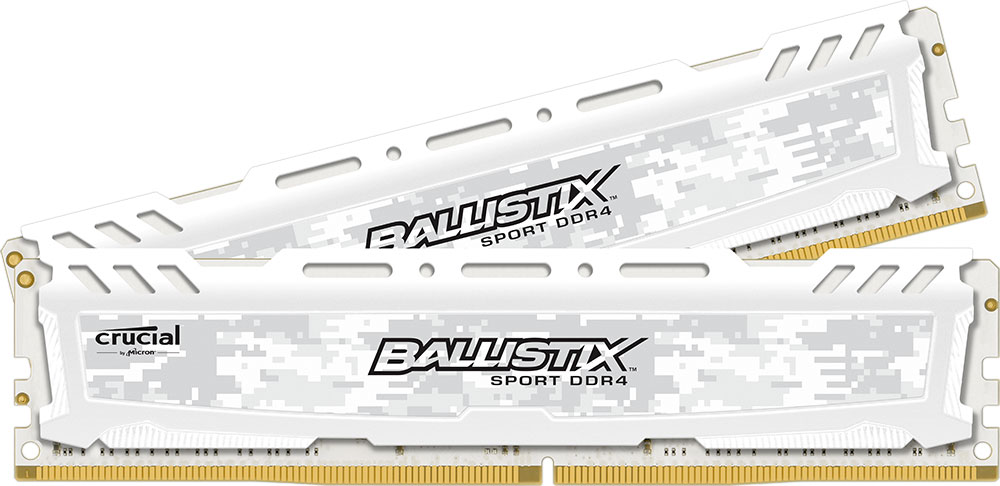


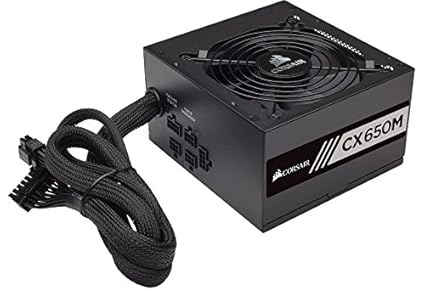
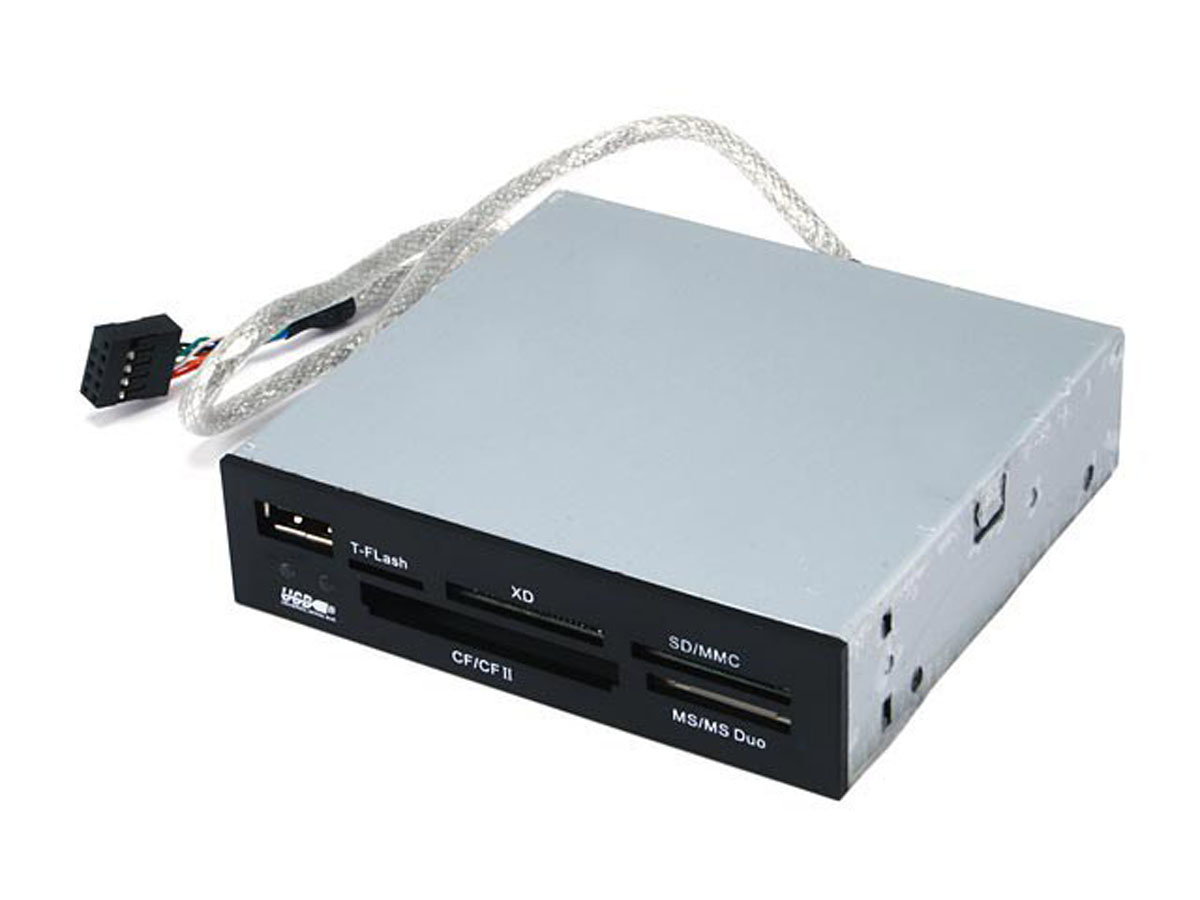

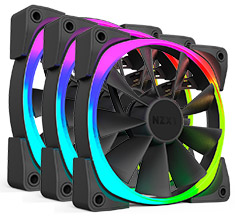



No comments:
Post a Comment